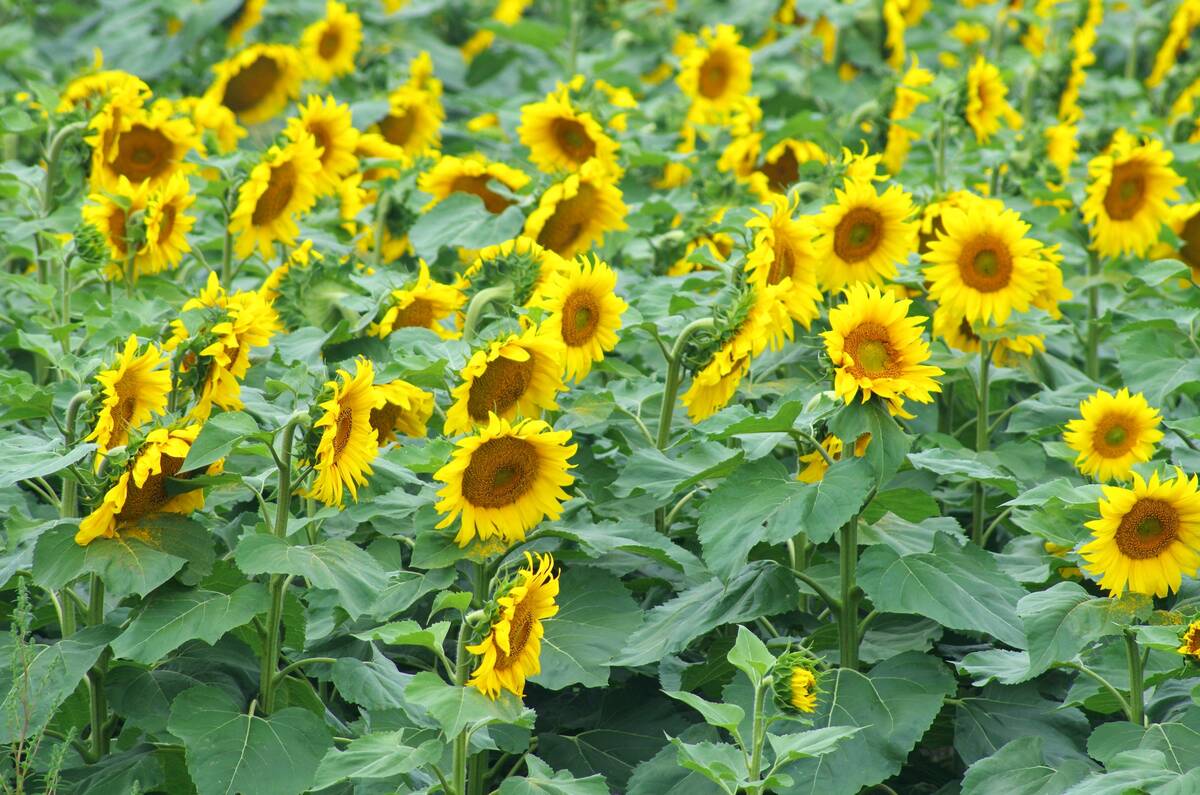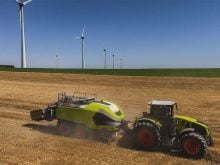BIGGAR, Sask. – Sandi Kushner saw the dark cloud coming straight for
her house July 5. She took sons Braden and Dylan to the basement of
their rural bungalow north of this central Saskatchewan town.
Standing on the front deck of his own home 200 metres across the yard,
Sandi’s brother-in-law Bruce Kushner, whose feet felt like they were
“nailed to the deck,” could only watch.
Sandi’s husband, Jeff, was hauling water to cattle in a drought-parched
pasture a couple of kilometres distant. He saw the tornado hit.
Read Also

Bird repellent gets emergency approval for sunflowers
Bird repellent gets emergency approval for sunflowers
“It was just too far away to do anything. I could only just watch and
hope,” he said.
Meanwhile, Michelle Kushner, Bruce’s wife, was behind her house taking
clothes from the line so they wouldn’t be soaked in what looked like a
big rain cloud.
According to neighbours, the funnel dropped once to the ground, bounced
and then, as Bruce watched, it “came down from the sky and hit squarely
on the farm.”
Michelle couldn’t see it arrive from behind her house but she heard
“what sounded like a big jet passing a few feet over our heads. It just
screamed.”
The tornado tore through corrals, skipped over trees and landed hard in
the middle of the shared farmyard. It crushed a 32-year-old wood and
steel machinery shed onto the farm equipment inside. Red steel roofing
and wood were wrapped counterclockwise around a line of steel bins to
the south of the shed, crunching them like aluminum drink cans.
Concrete footings and foundation were ripped from the ground.
Ten metres away, two penned 4-H calves stood by and watched. They
suffered a few minor cuts.
To the north of the shed, a row of new steel grain bins stood unscathed.
The funnel of wind was now only 20 m from Jeff and Sandi’s house. An
arbour and garden along the side of the house were wrecked, but the
home was spared.
The cloud lifted from the farm and disappeared in a swirl of heavy
rain, the first the farm had seen this season. The whole terrifying
incident lasted about 20 seconds.
“It’s just stuff. Nobody was hurt or worse and it could have been
worse,” said Sandi.
Last week, a crew of heavy equipment operators, truckers and the family
worked to load the broken buildings and tree bits onto trucks for
burial.
The combine, hopper and cab dented from holding up what had been part
of the shed roof, along with the tractors and other equipment, were
loaded onto tractor trailers for a trip to local machinery dealers for
repair.
“When it’s all cleaned up, then we’ll have time to think about what
happened. Until then it’s just going to keep us busy,” said Bruce.
Jeff detailed the farm’s year.
“First, too dry all year. Crop prices are down. Cattle prices are down.
No hay to speak of. No water to speak of. Now a tornado. Oh well, back
to farming,” he said.
According to Environment Canada, more than 70 tornadoes touch down
annually in Canada with an average of 41 on the Prairies. The Kushner
farm is in the middle of the prairie tornado belt that stretches from
Edmonton southeast to Estevan, Sask.
Studies published by the federally funded Prairie Adaptation Research
Collaborative at the University of Regina show that tornado activity on
the Prairies is on the increase.
















